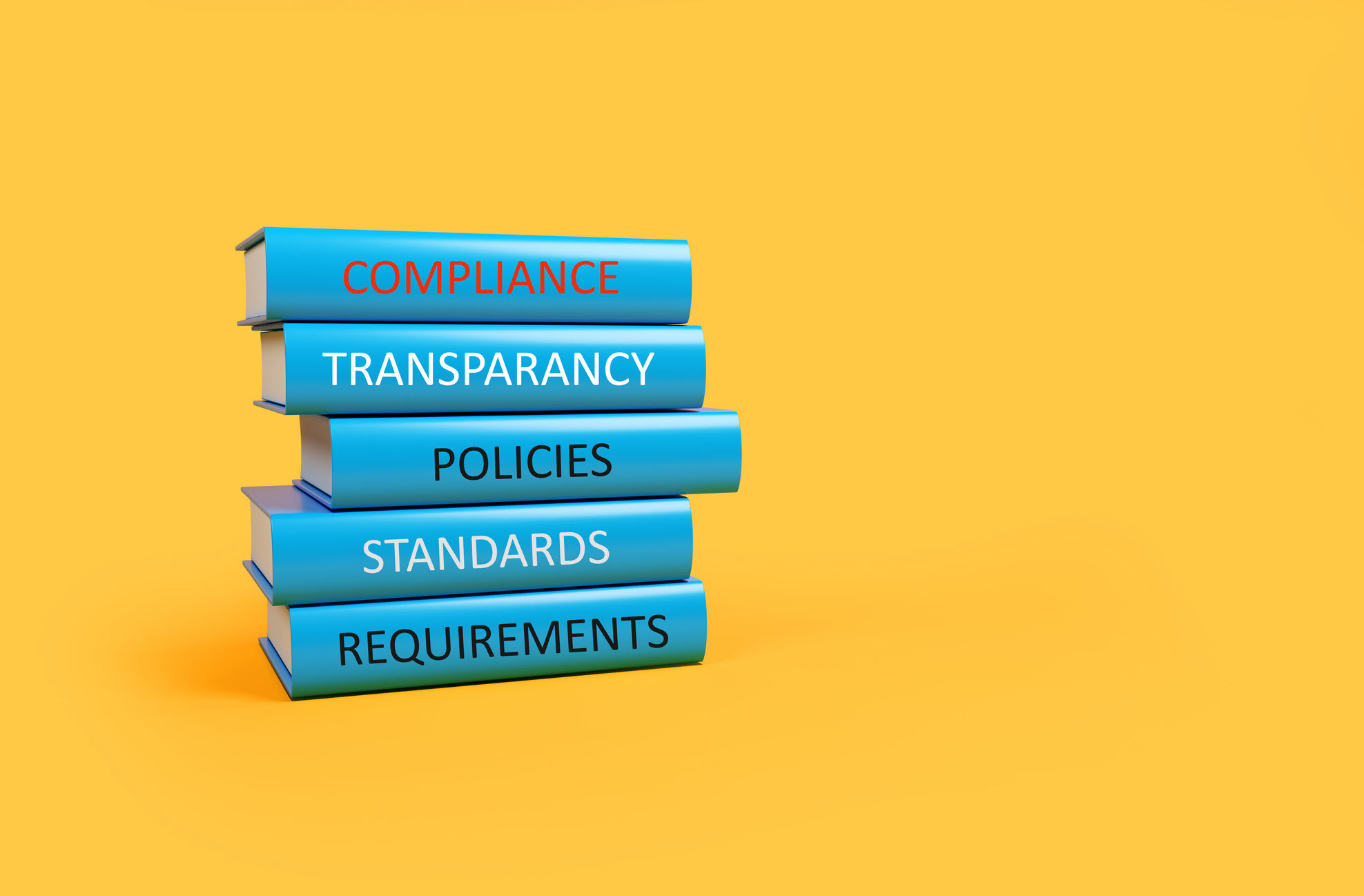Preparing for Your Premium Audit
A premium audit can feel daunting between various labor code laws and changing regulations, but understanding its intent and expectations can ease the pain of the process. We break down what you need to know in advance.
March 11, 2022

As a provision of any worker’s compensation, commercial auto or general liability policy contract, an organization is subject to an annual premium audit. The goal is simply to make sure the coverage you paid for over your previous policy period matched the coverage your company actually needed.
“There is often this misconception that a premium audit is used to seek out any fraud, but that is not the goal or intention,” said Jake Berger, Director – Premium Audit at Safety National. “The auditor’s objective is to drive a conversation with the client around what exposures exist. For example, a manufacturing plant may not have any significant changes like new products, additional entities or divesture of a division to know if we need to return or collect additional premium.”
Purpose of an Audit
Workers’ compensation, commercial auto and general liability coverages are initially billed based on estimated exposures provided by a company at the beginning of the policy period. After the policy term has expired, a premium audit is conducted to determine actual exposures incurred during the policy term (for example, actual payroll paid or actual gross sales). The premium audit also helps to ensure exposures are properly classified in accordance with state rules and regulations. Additionally, the audited exposure information will be used by state bureaus so that the most up-to-date statistical data is reflected in their rate-making purposes.
Many states statutorily require insurance carriers to conduct a physical premium audit to collect and verify all remuneration and exposure numbers. Premium audits provide an insurance carrier with information regarding current company operations and allow them to update policy data with any relevant changes. In addition, a physical audit visit allows an organization to receive all the premium credits they may be entitled to (and might not be aware of). When completed, a carrier generally takes the difference between the estimated and audited exposures to determine a return or additional premium due (minimum premiums will apply where applicable).
What to Expect
Insurance carriers previously only conducted physical audits on site at a company’s headquarters location following the policy expiration date. However, with hybrid or virtual audits allowing increased accessibility throughout the pandemic, these options are becoming the new standard unless a specific item needs reviewing onsite. Some insurers will select an audit services vendor to conduct the premium audit on their behalf. The assigned auditor then contacts an organization by phone or letter for an introduction and to coordinate an appointment date for review of their records. Audit vendors should be chosen based on their high degree of proven integrity, confidentiality and longevity as a partner with an insurer.
How to Prepare
To ensure the premium audit experience goes smoothly, advance preparation is helpful. The following outlines how a company can prepare in advance:
- Contact your insurance carrier’s premium audit department in advance. Early communication can go a long way in resolving any questions before they become more significant issues.
- Identify a contact in the company to communicate with the auditor and coordinate internal activity. This person should be extremely familiar with employees and operations for the company and have an in-depth understanding of payroll records.
- Request Certificates of Insurance from subcontractors if there were subcontractors working for the organization during the policy term. This information could help avoid possible additional premium charges or reduce overall exposure base in some circumstances.
- Gather all accurate gross payroll records. This includes the amount of payroll prior to any deductions, including items like 401(k) and cafeteria plans. Advanced preparation will help the auditor quickly find the information they need and require fewer questions during the audit. Payroll records should be organized to clearly show:
- payroll by policy period,
- classification code and state (list each type of job separately),
- and separating overtime from regular pay.

























